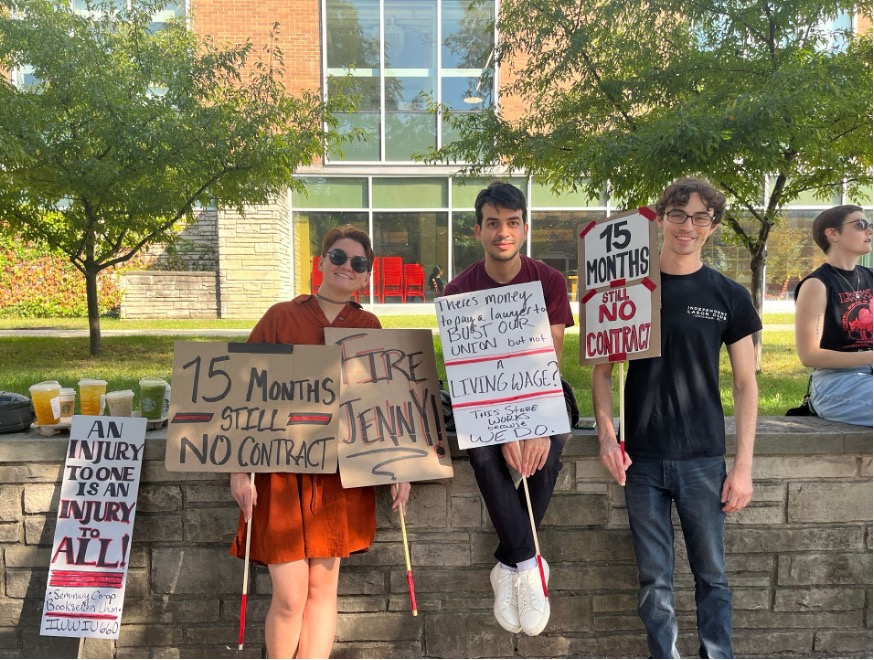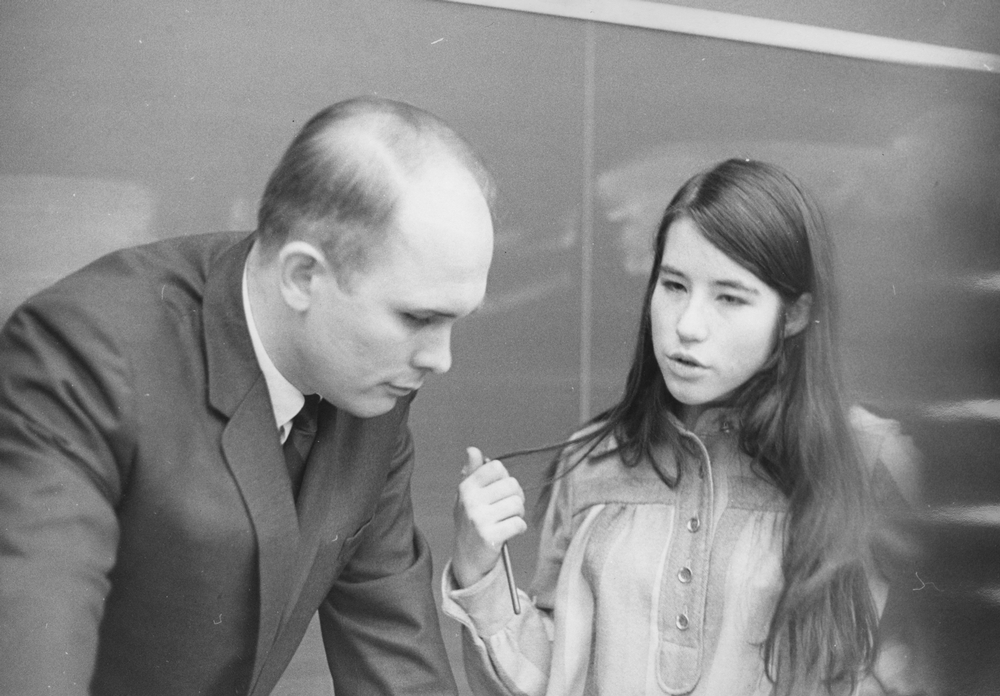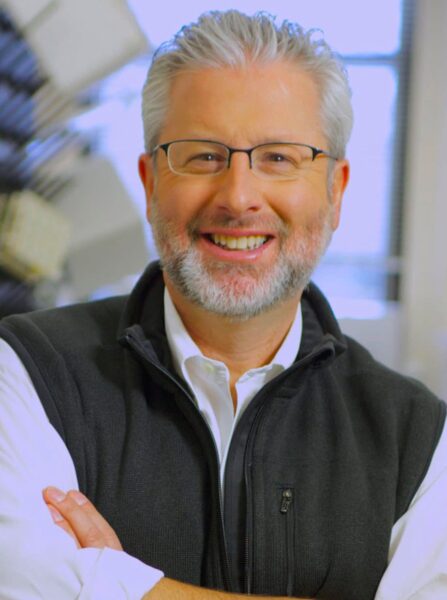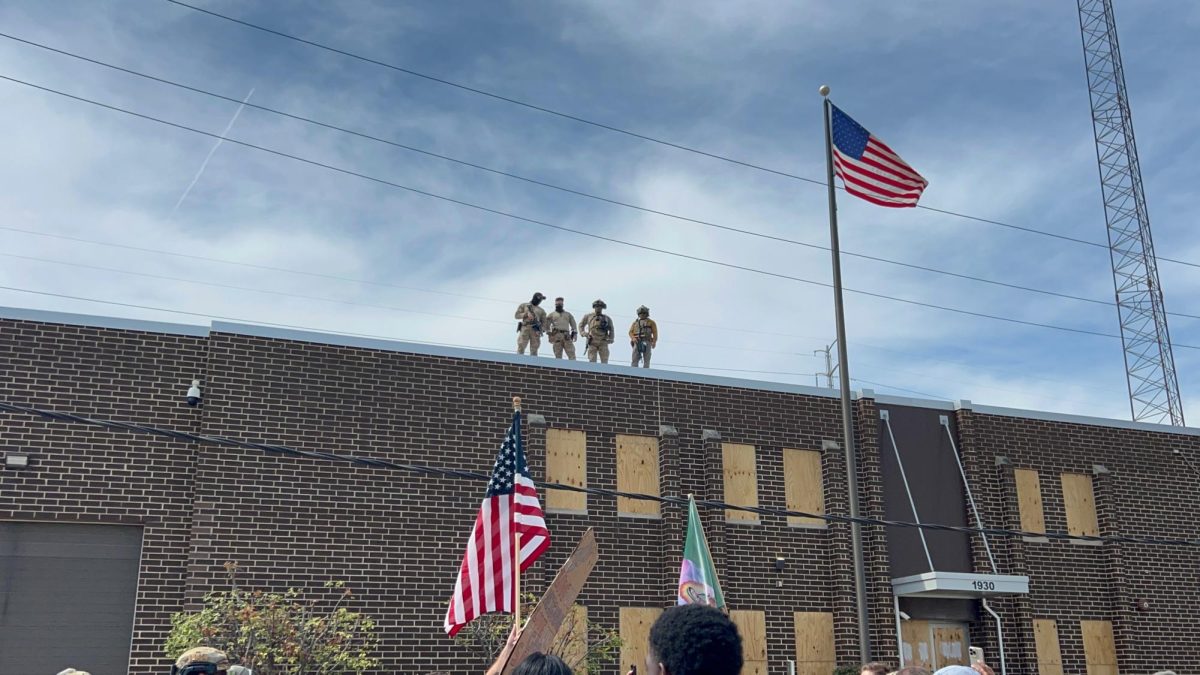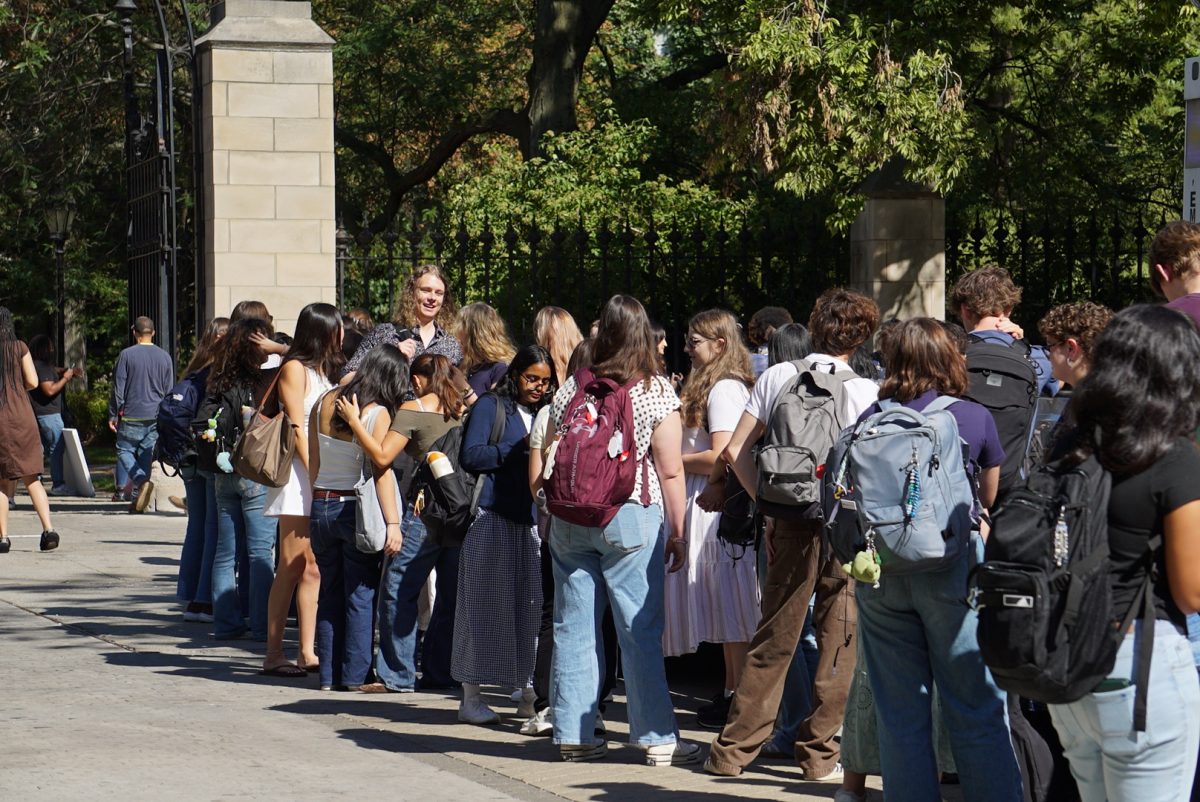Middle schoolers across the country will be able to reach for the stars from their classrooms beginning next fall, with the help of U of C astrophysics professor Richard Kron and former student Dan Reichart (Ph.D. ’00).
The Skynet Junior Scholars program, initially proposed by Kron and Reichart over a decade ago, gives middle school students access to a professional network of robotic telescopes. The program launched October 1 thanks to a $1.6 million grant from the National Science Foundation.
Aimed at preparing the students for careers in science, technology, engineering, and mathematics (STEM) fields, the program will operate using telescopes at the U of C’s Yerkes Observatory in Wisconsin, the University of North Carolina (UNC) at Chapel Hill, the National Radio Astronomy Observatory in West Virginia, and the Astronomical Society of the Pacific in California.
“We have begun work on developing some of the interfaces that will enable middle school youth to use telescopes around the world robotically. The students use the Internet to control telescopes—they specify where to point and what kind of exposure to take—and they download the image and analyze it. The overall idea is the system of telescopes, collecting data, [and] analysis of data,” Kron said in an e-mail. Kron will lead the program at the Yerkes Observatory.
The Web site Phys.org reported earlier this month that an estimated 1,400 middle school students from Wisconsin, North Carolina, and West Virginia will benefit from the Junior Scholars Program over the next three years.
The program will train educators through the United States Department of Agriculture’s 4-H youth program, which focuses on youth development, especially in agricultural areas.
“Yerkes has local expertise in connecting astronomical research to younger students in several ways, including digital imaging. And because of its rural location, the project’s connection to 4-H is thus fairly natural,” Kron said.
Recruiting the first cadre of students will begin in the fall, but, in the meantime, the heads of the program will be organizing workshops for teachers. If it’s successful in the initial years, Skynet Junior Scholars could expand.
“In partnership with 4-H, if the program works very well at state level, we hope to extend it to the whole nation,” Kron said.
Since its founding in 2006, the broader Skynet program has integrated robotic telescopes from all over the world. The program has produced nearly five million exposures for approximately 30,000 professional astronomers, elementary school students, high school students, undergraduates, and the general public, Phys.org reported.
The Skynet Junior Scholar program is modeled after UNC Chapel Hill’s distributed network of robotic telescopes operated by the school’s students, faculty, and staff. By expanding to middle school students, Reichart said that the scientists hope to start enthusiasm for STEM fields early on.
“[Studies have] shown that the best age to introduce people to pursue a STEM career is at the middle school age, and by the end of high school, the opportunity to spark an interest in science has diminished. Our primary goal is to inspire students to go into the STEM discipline by developing the correct curricula,” Reichart said.



